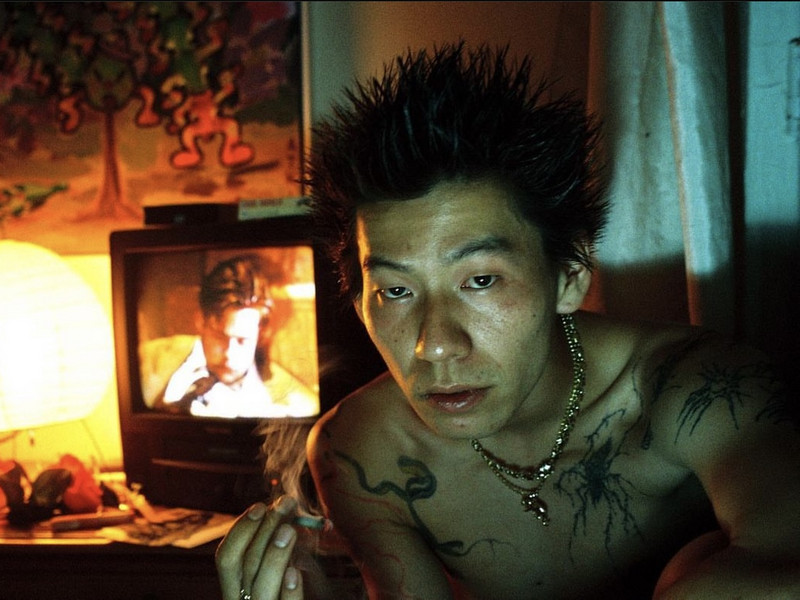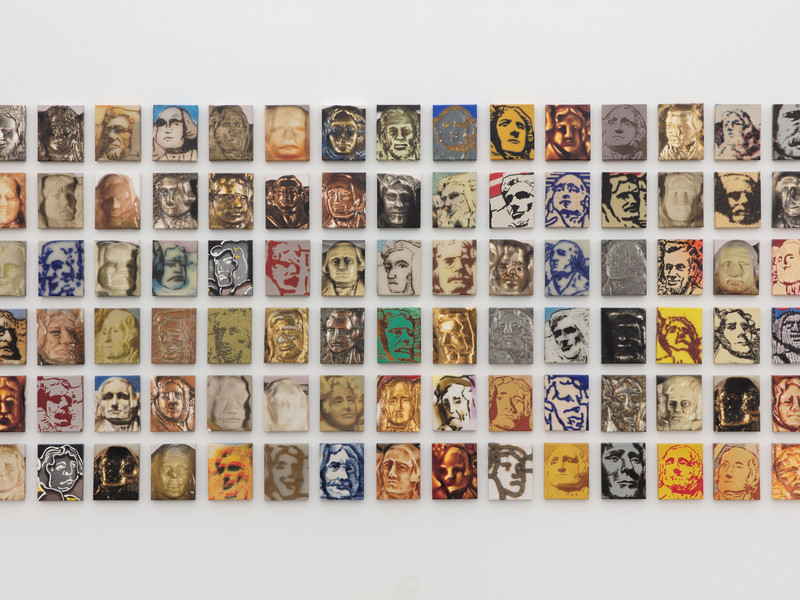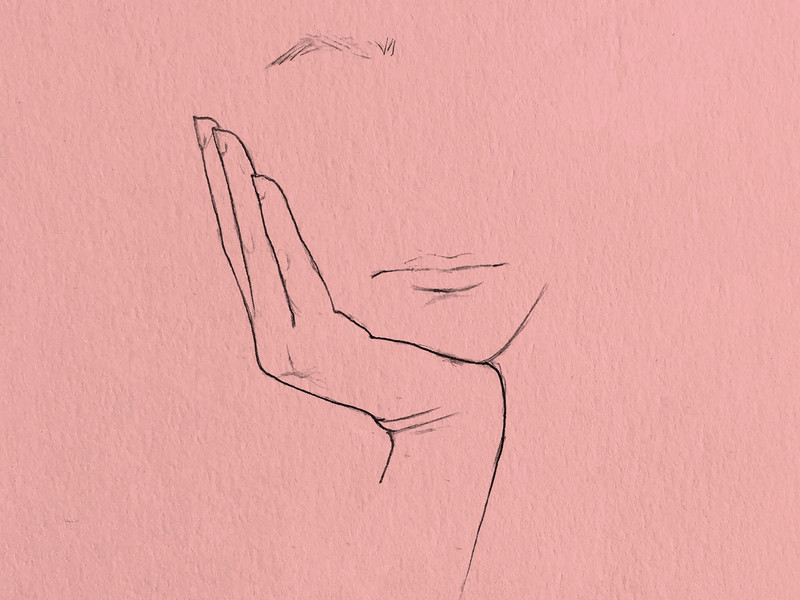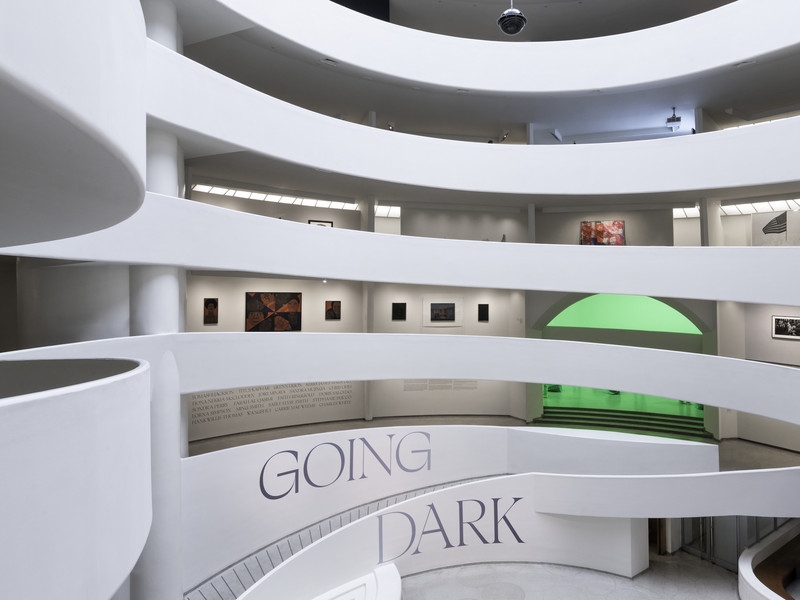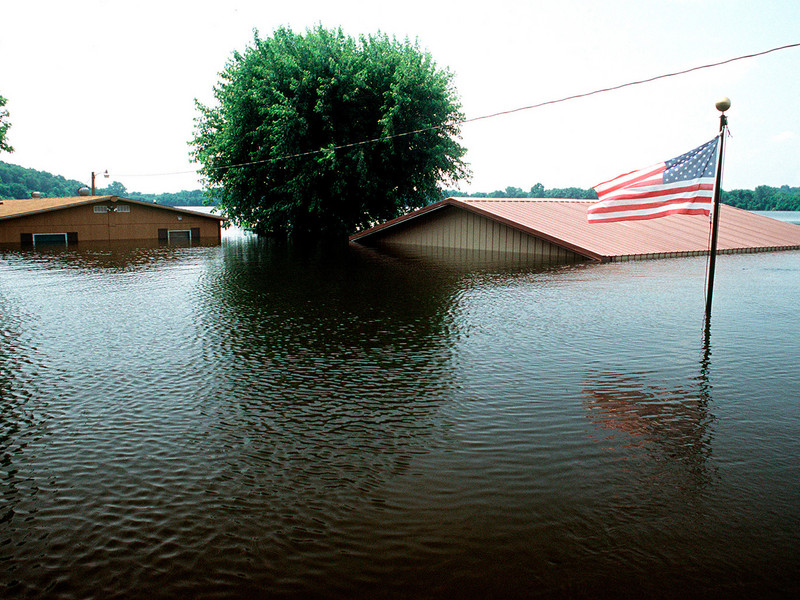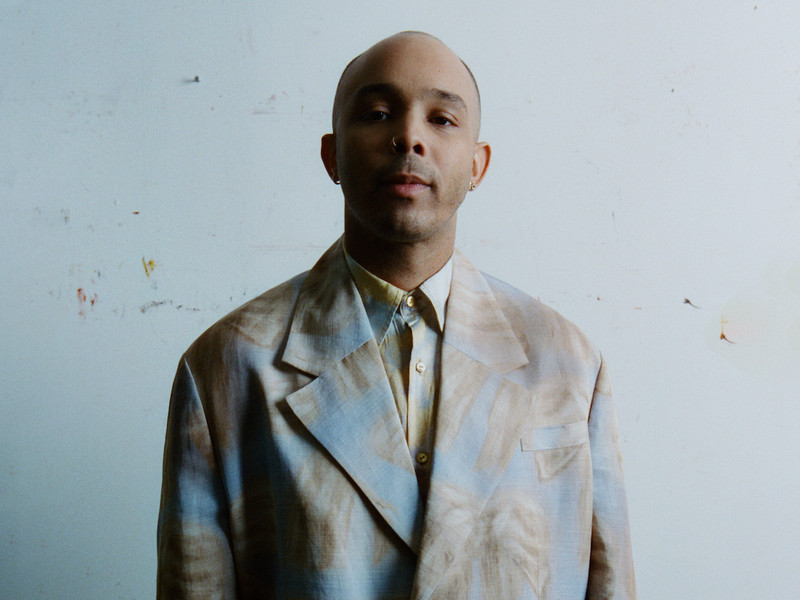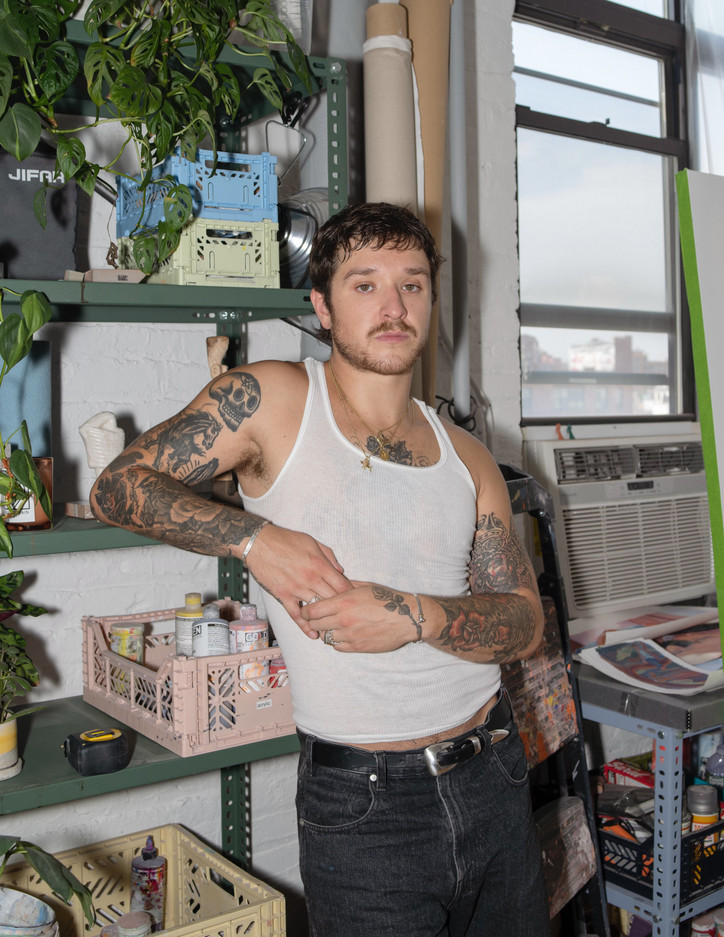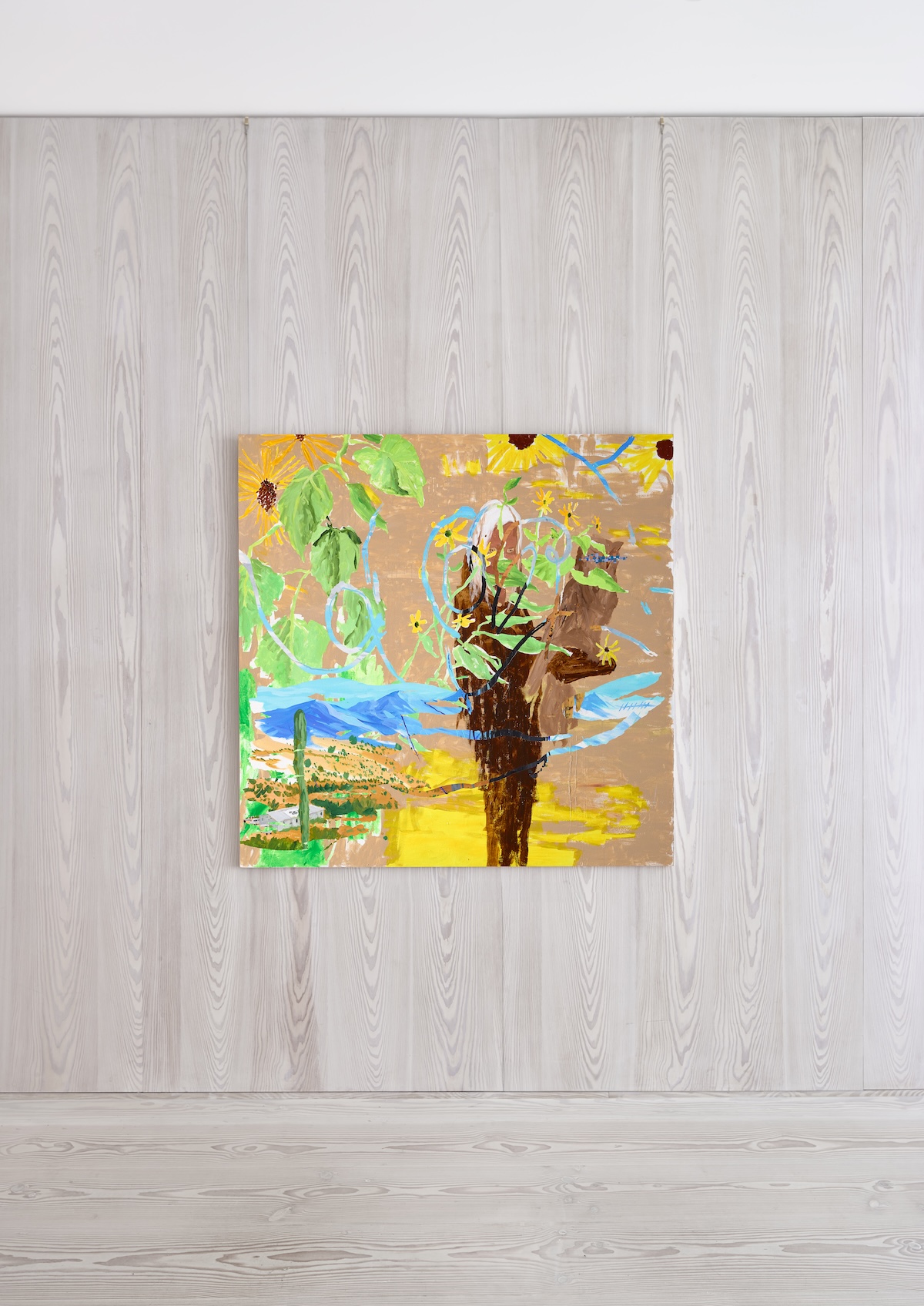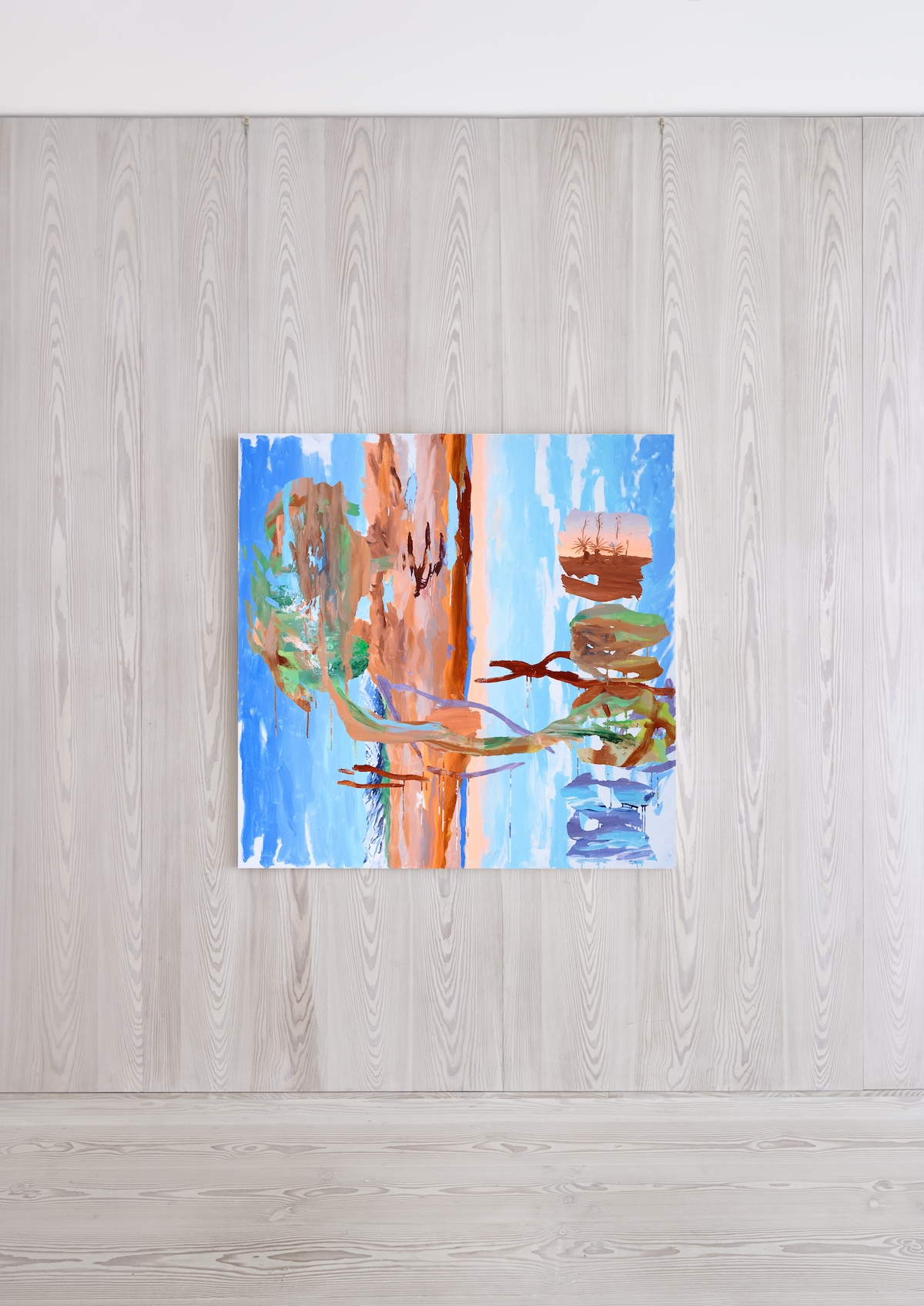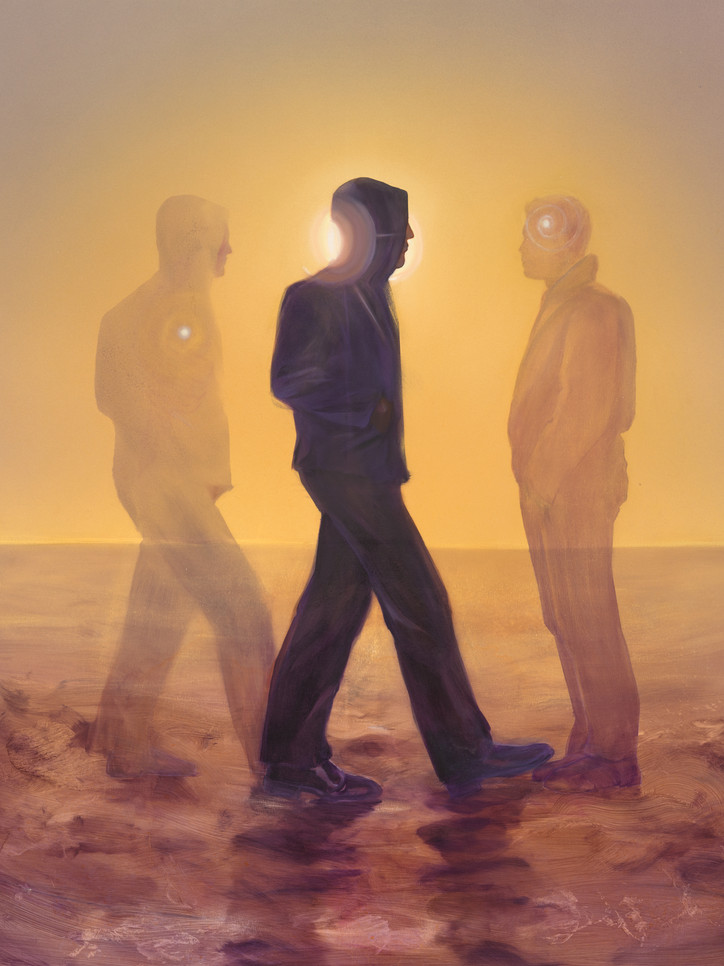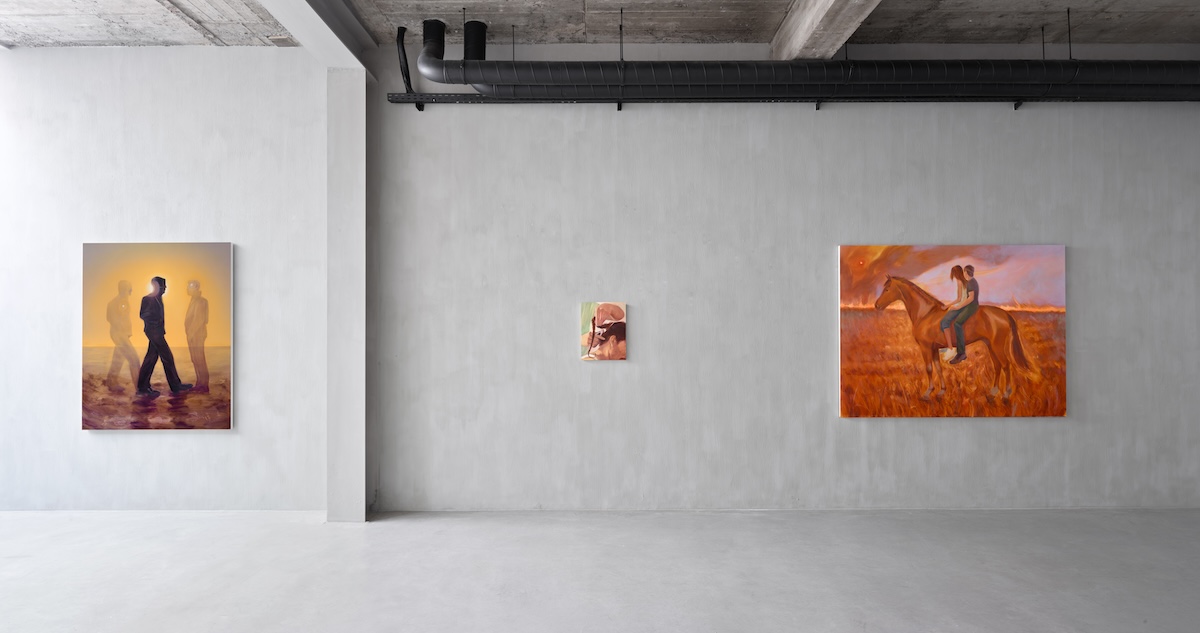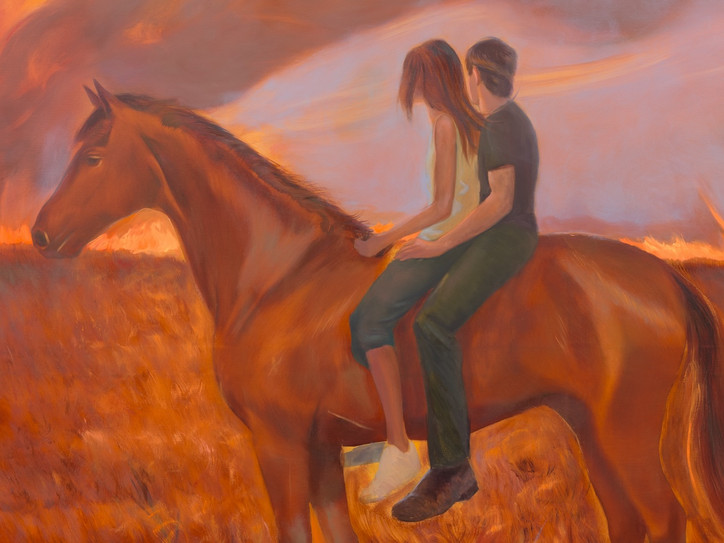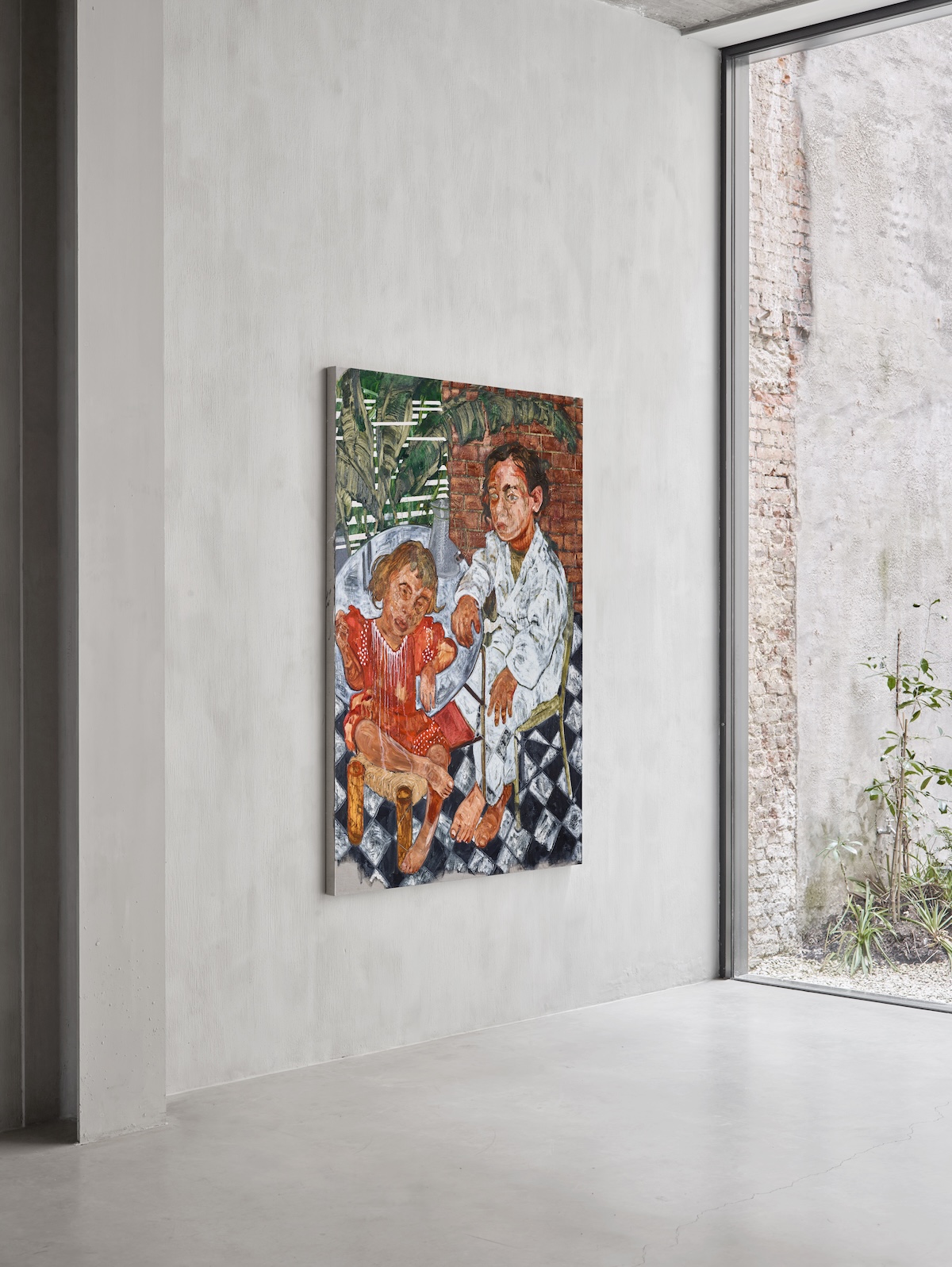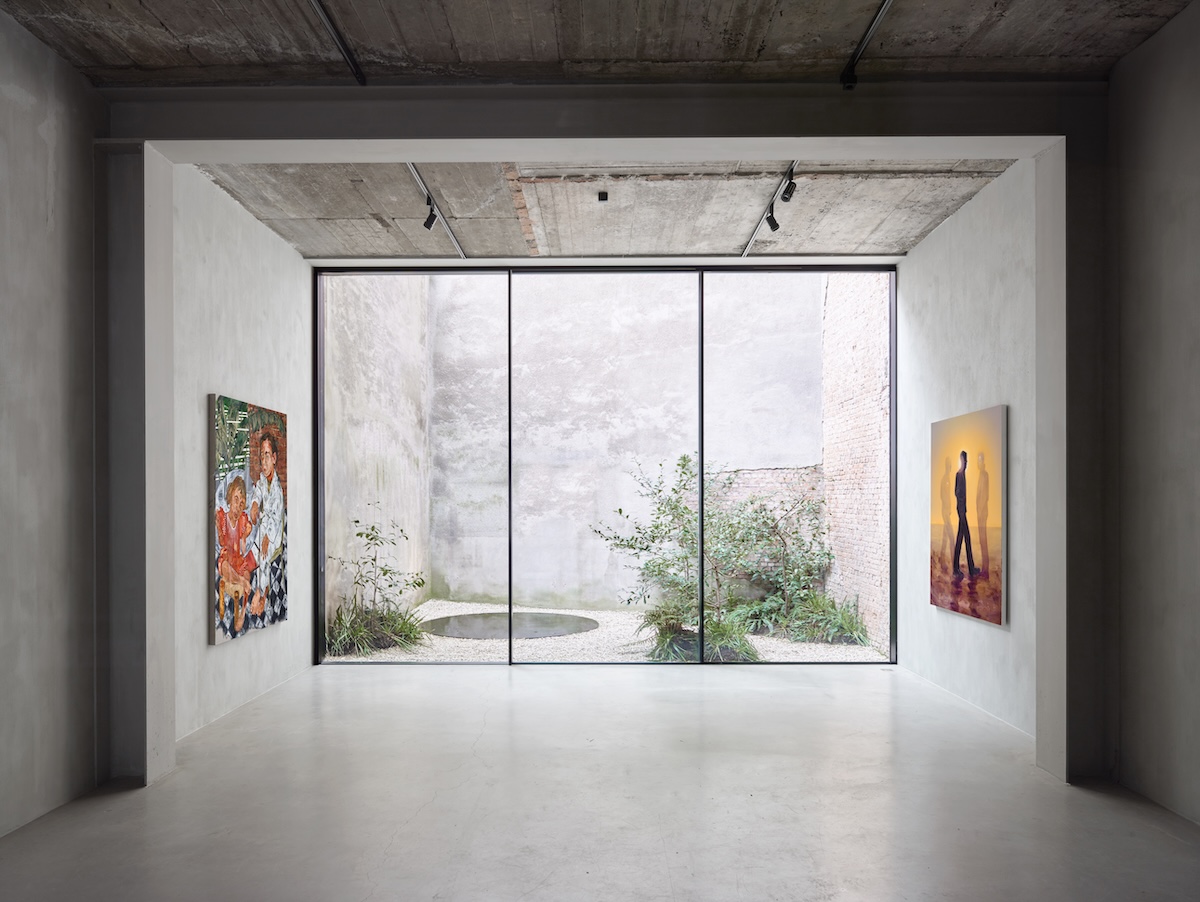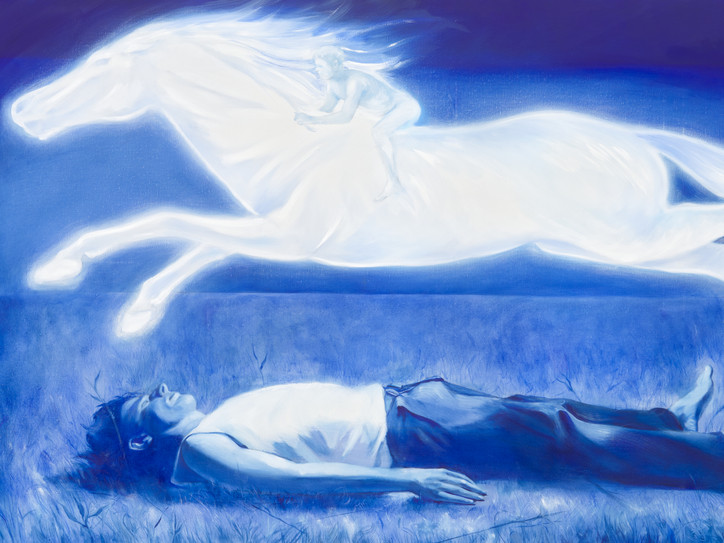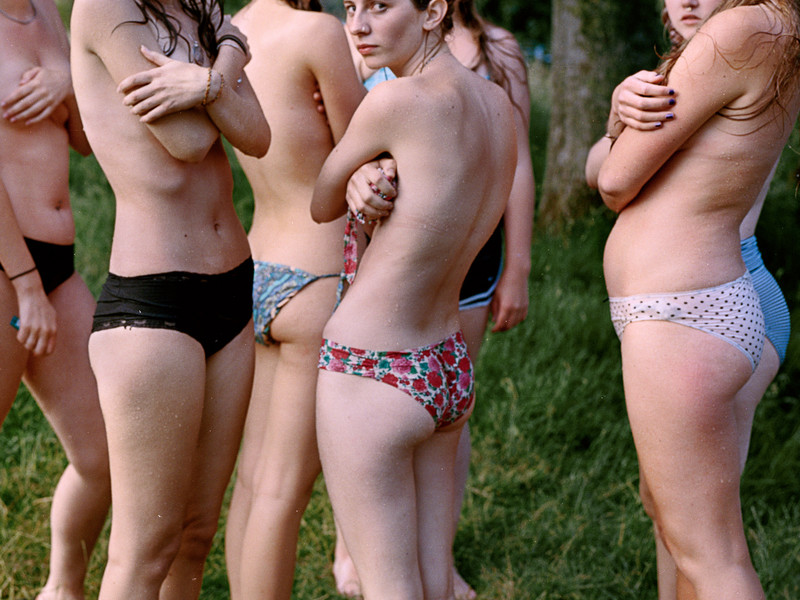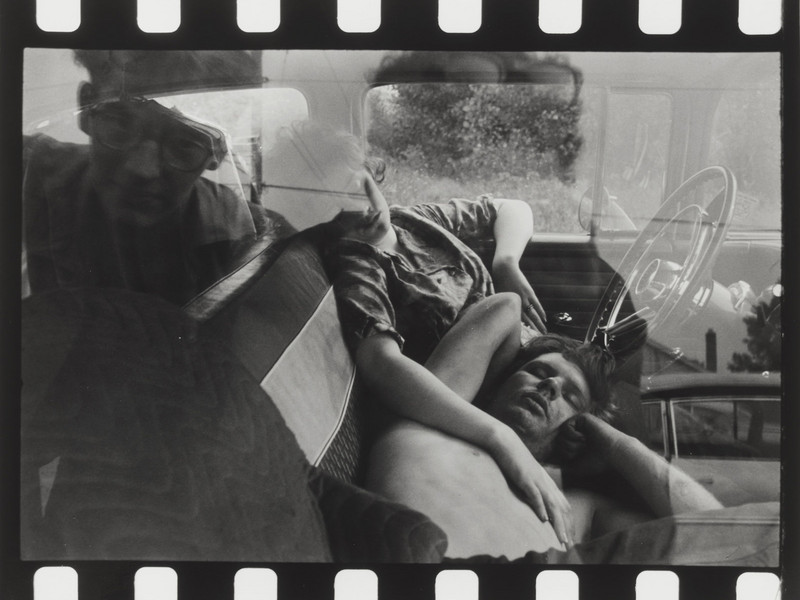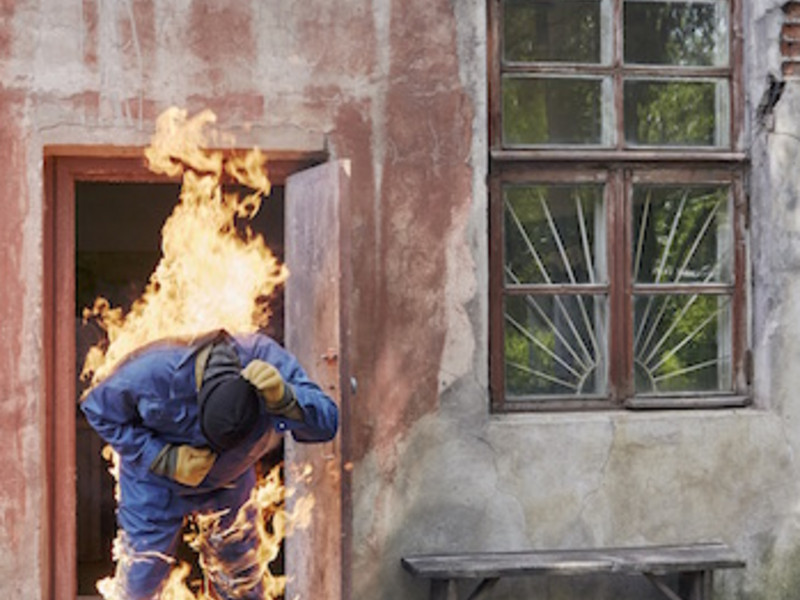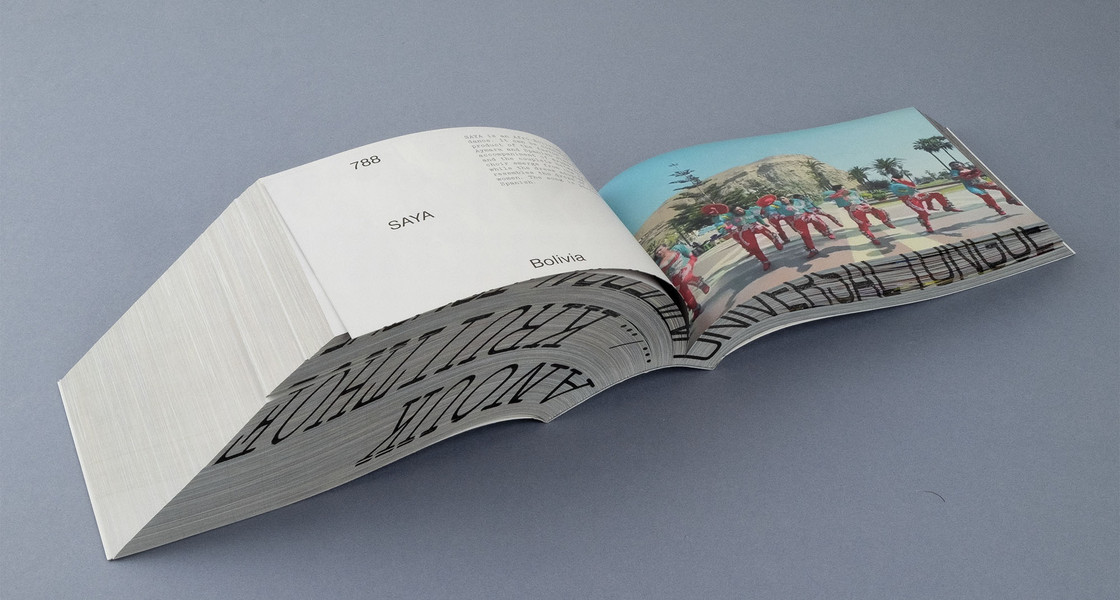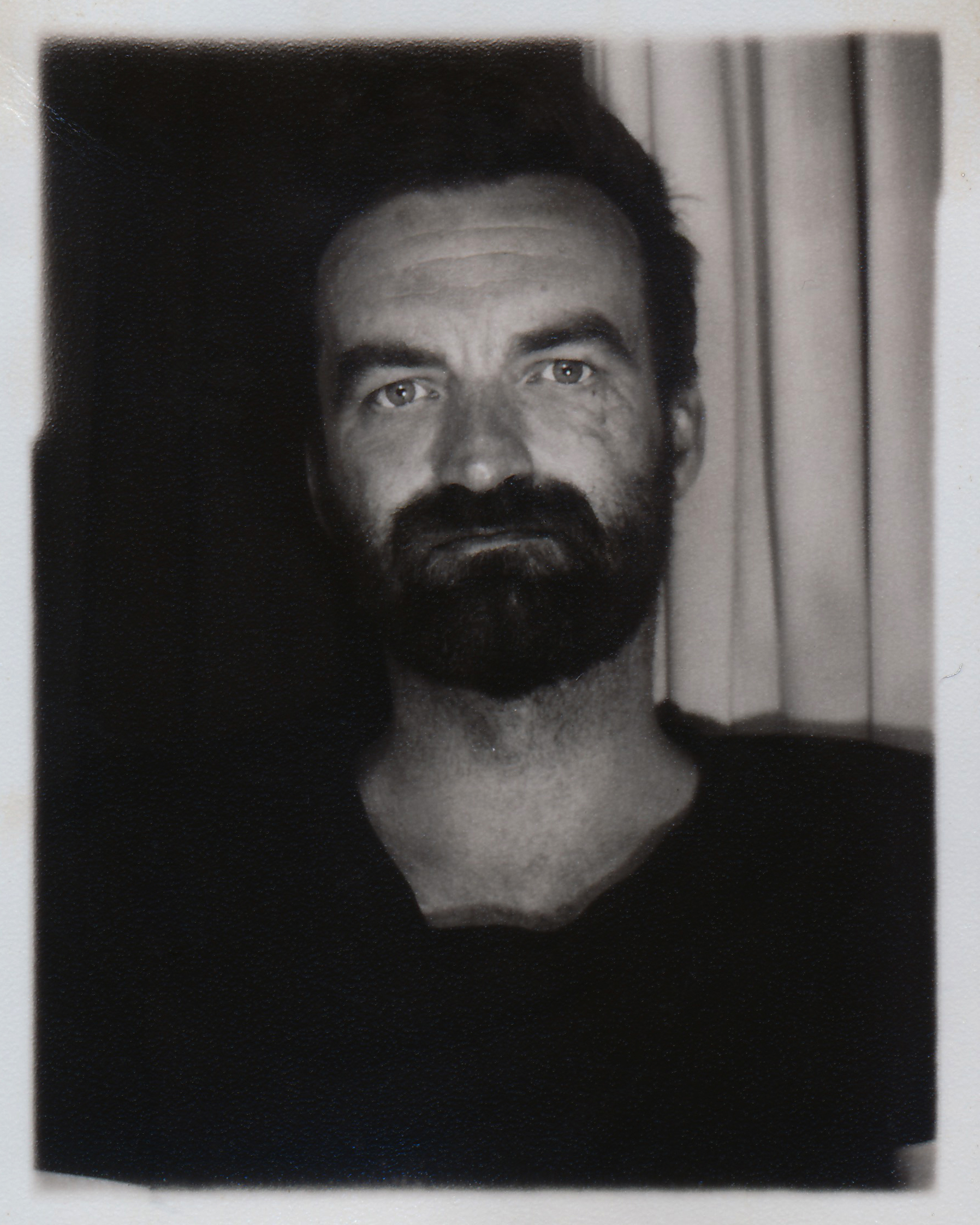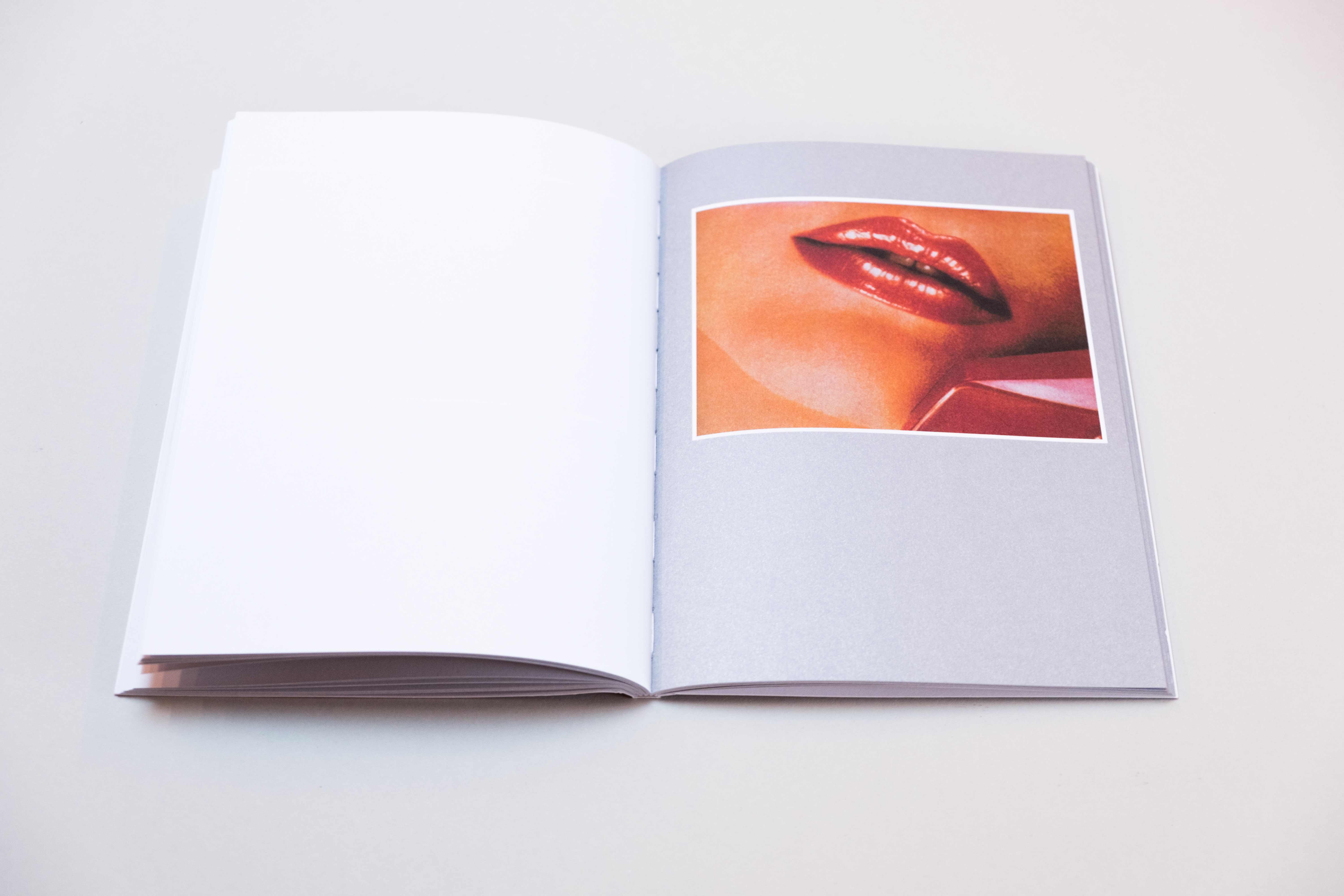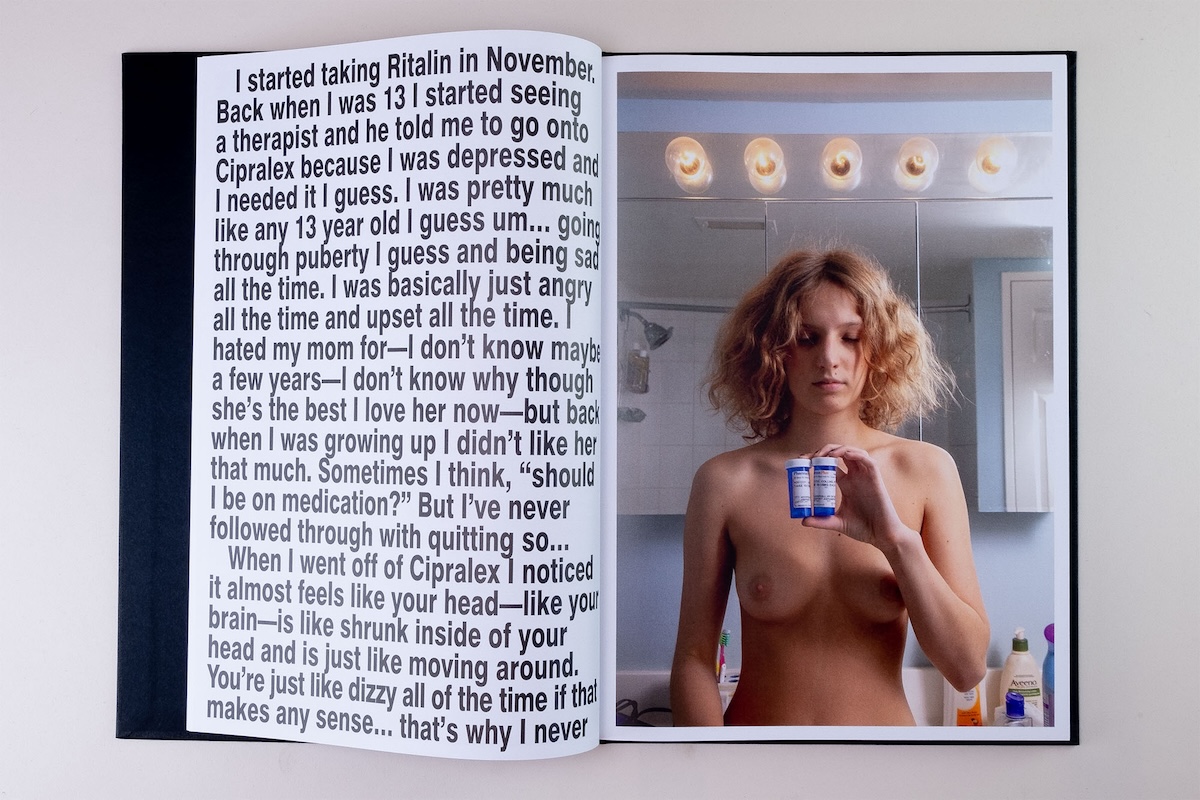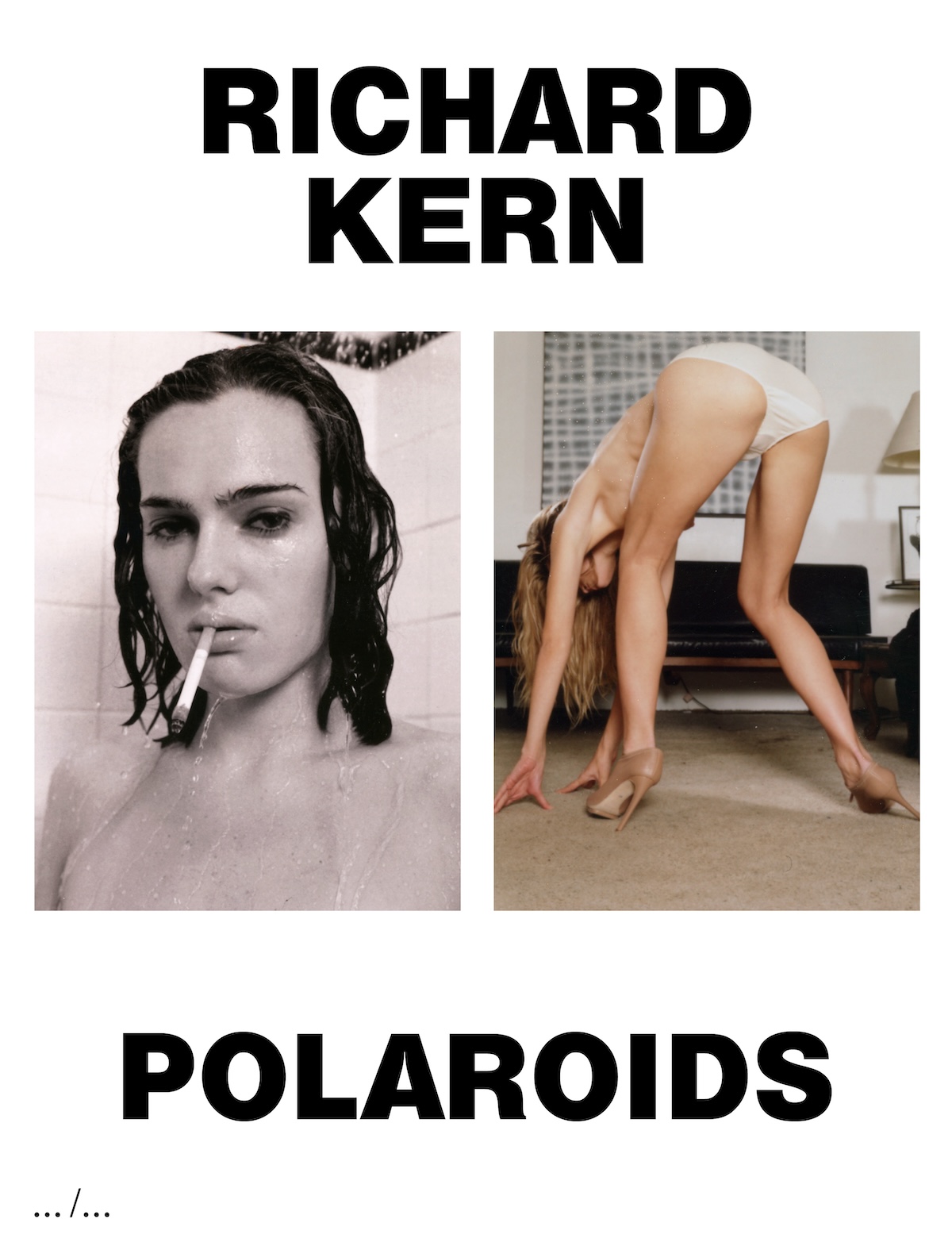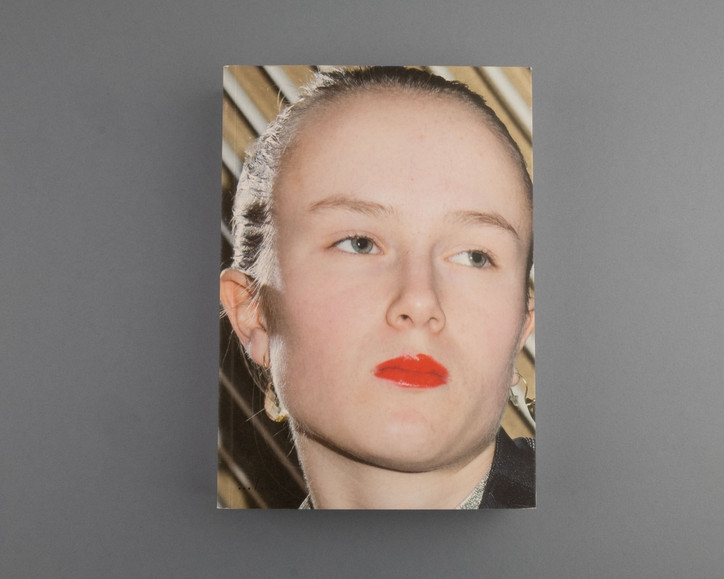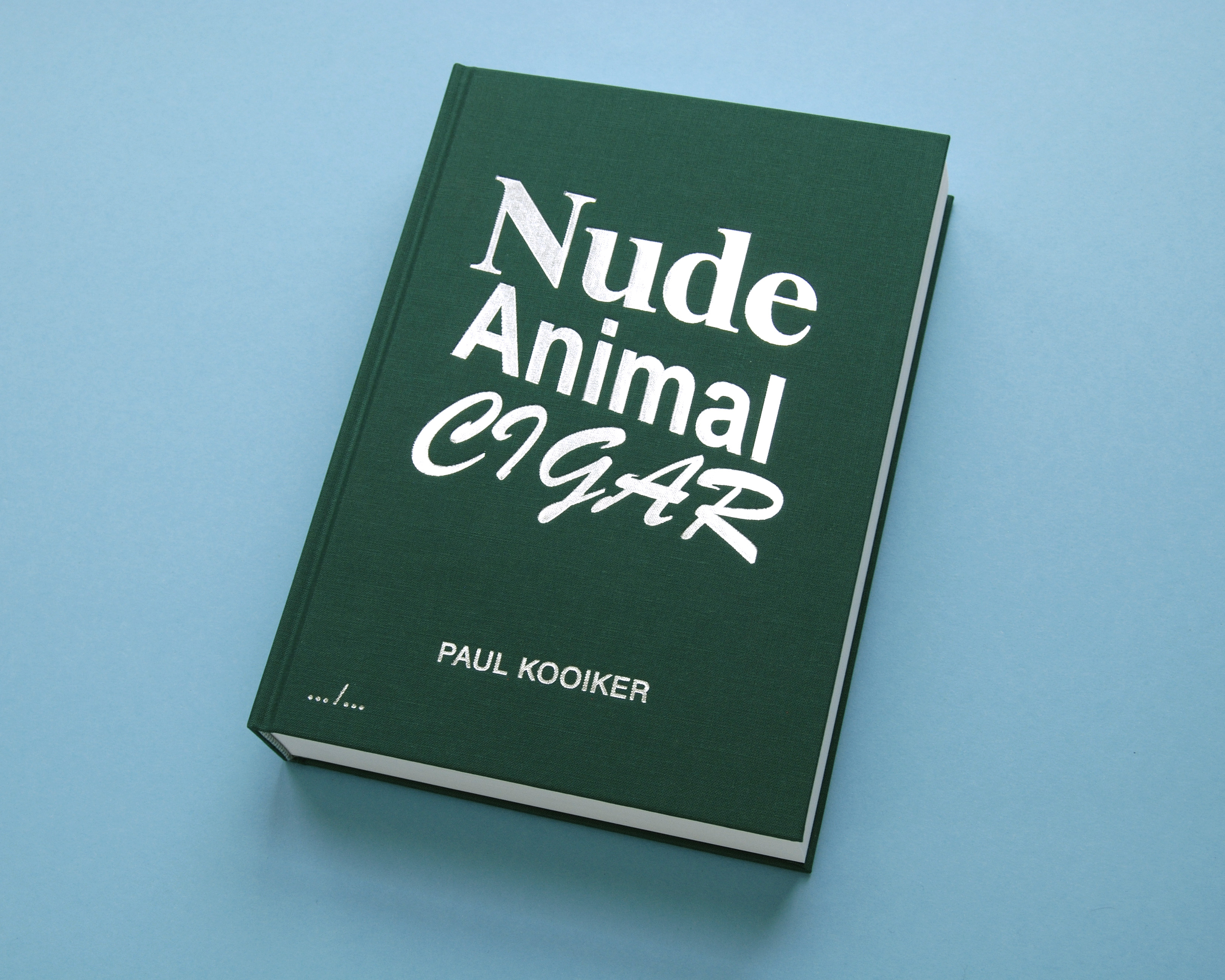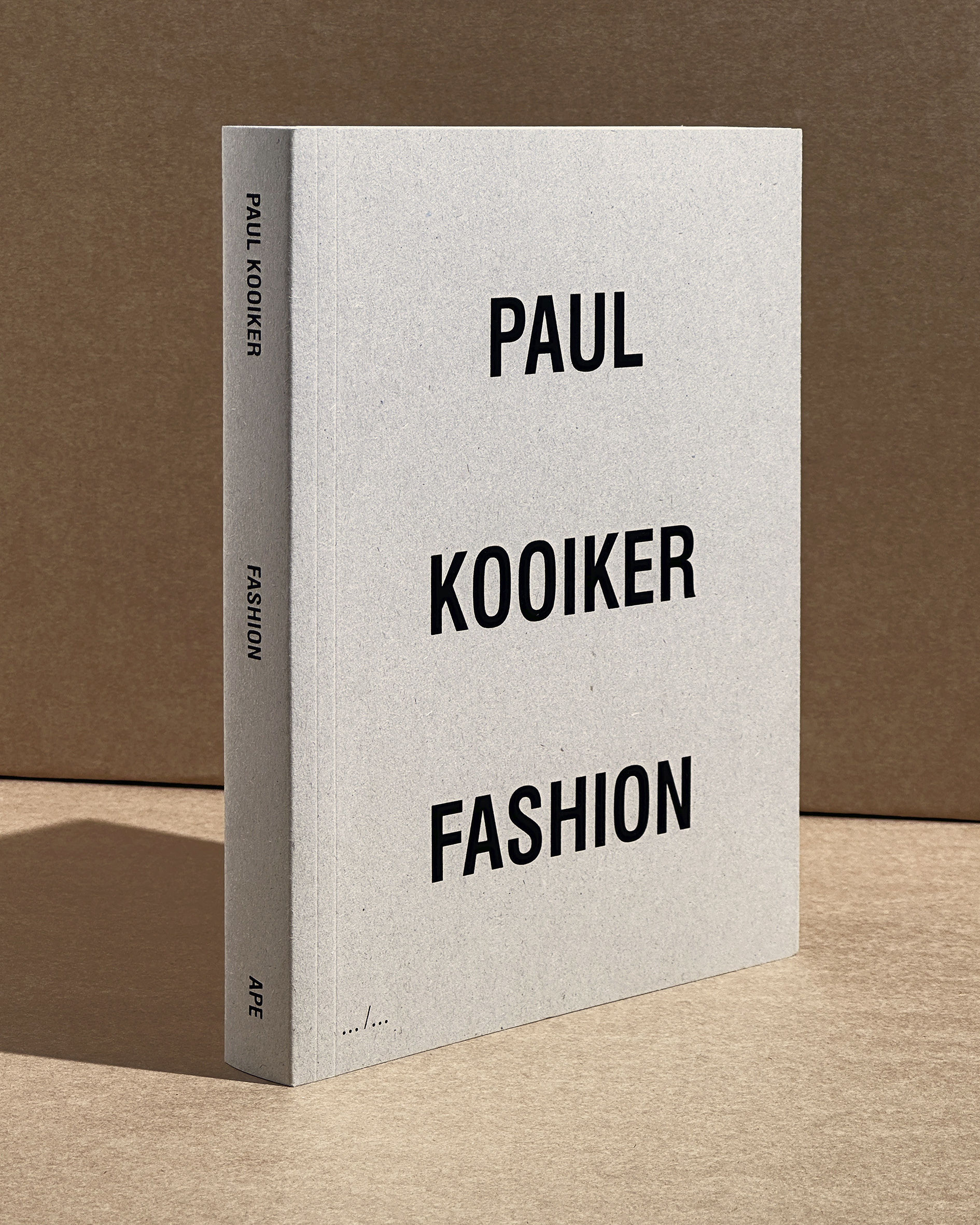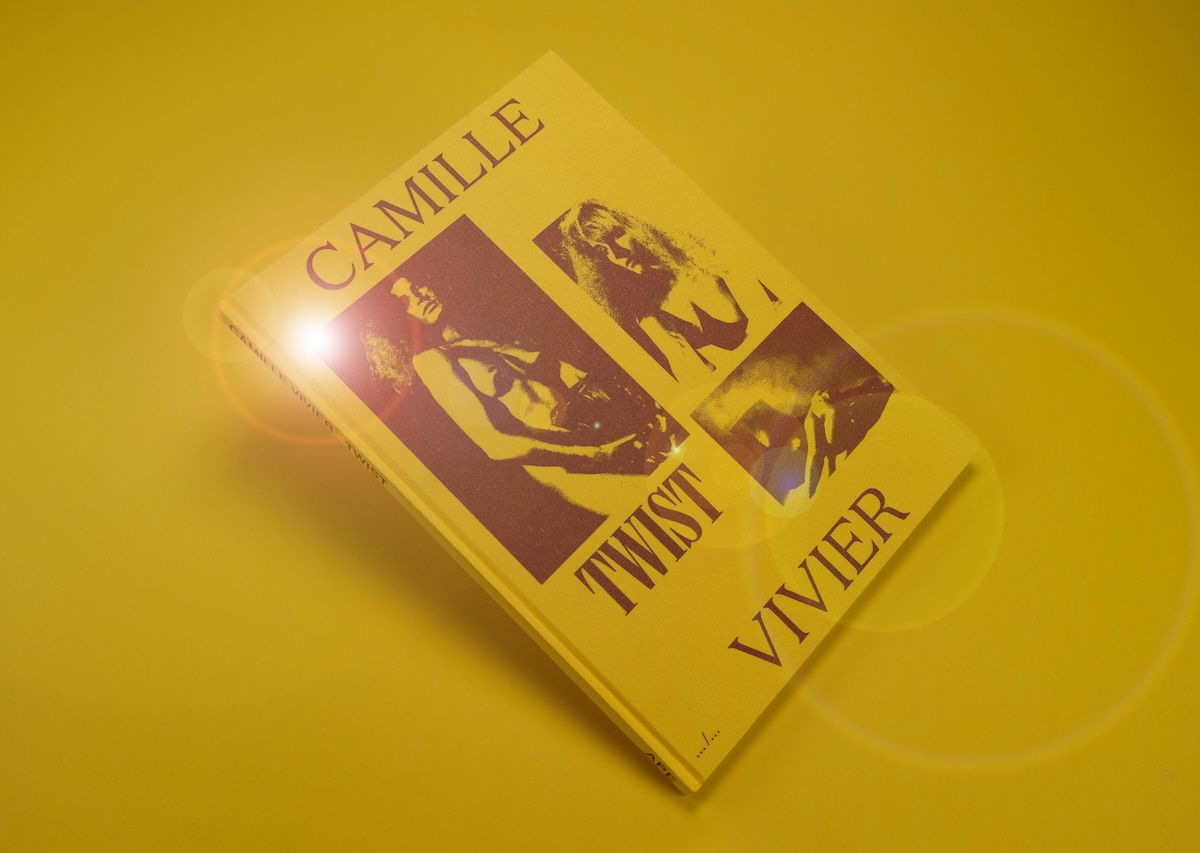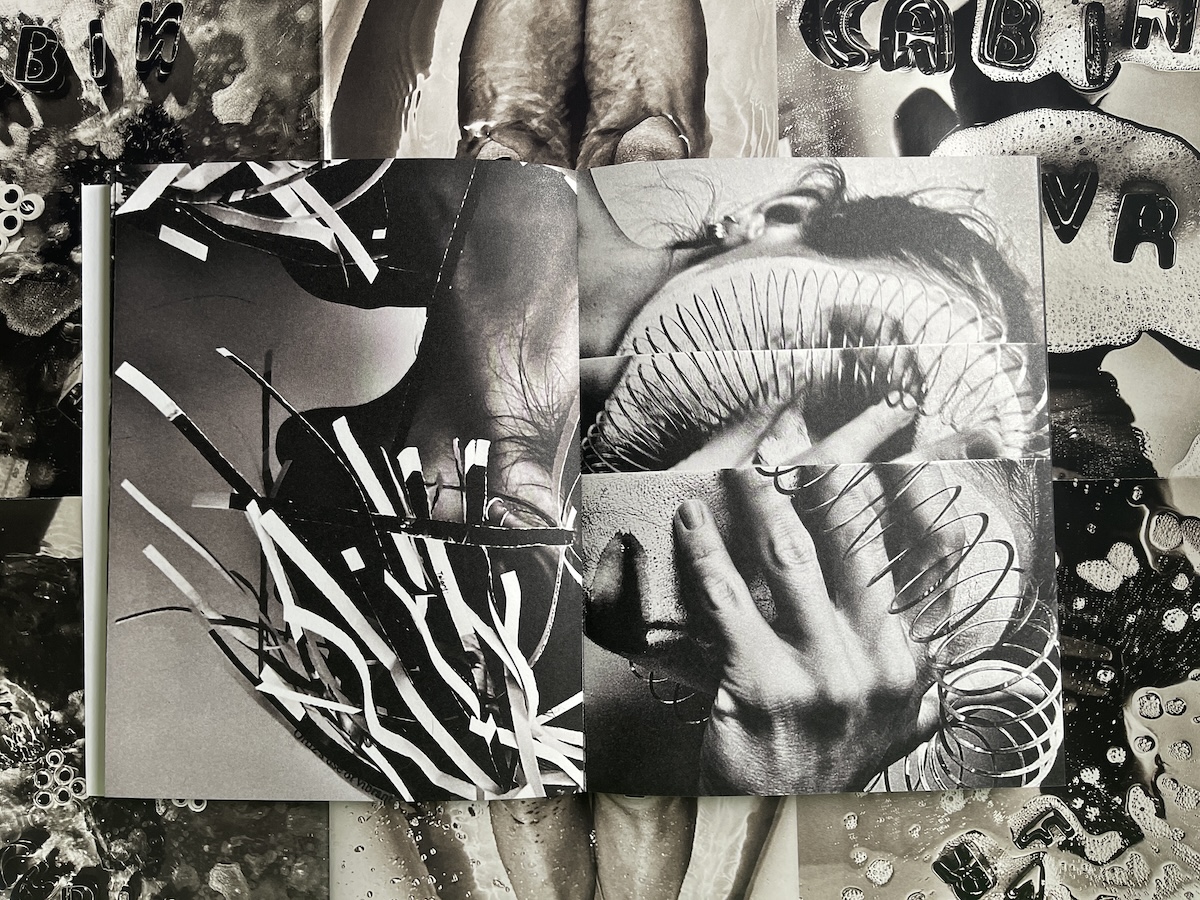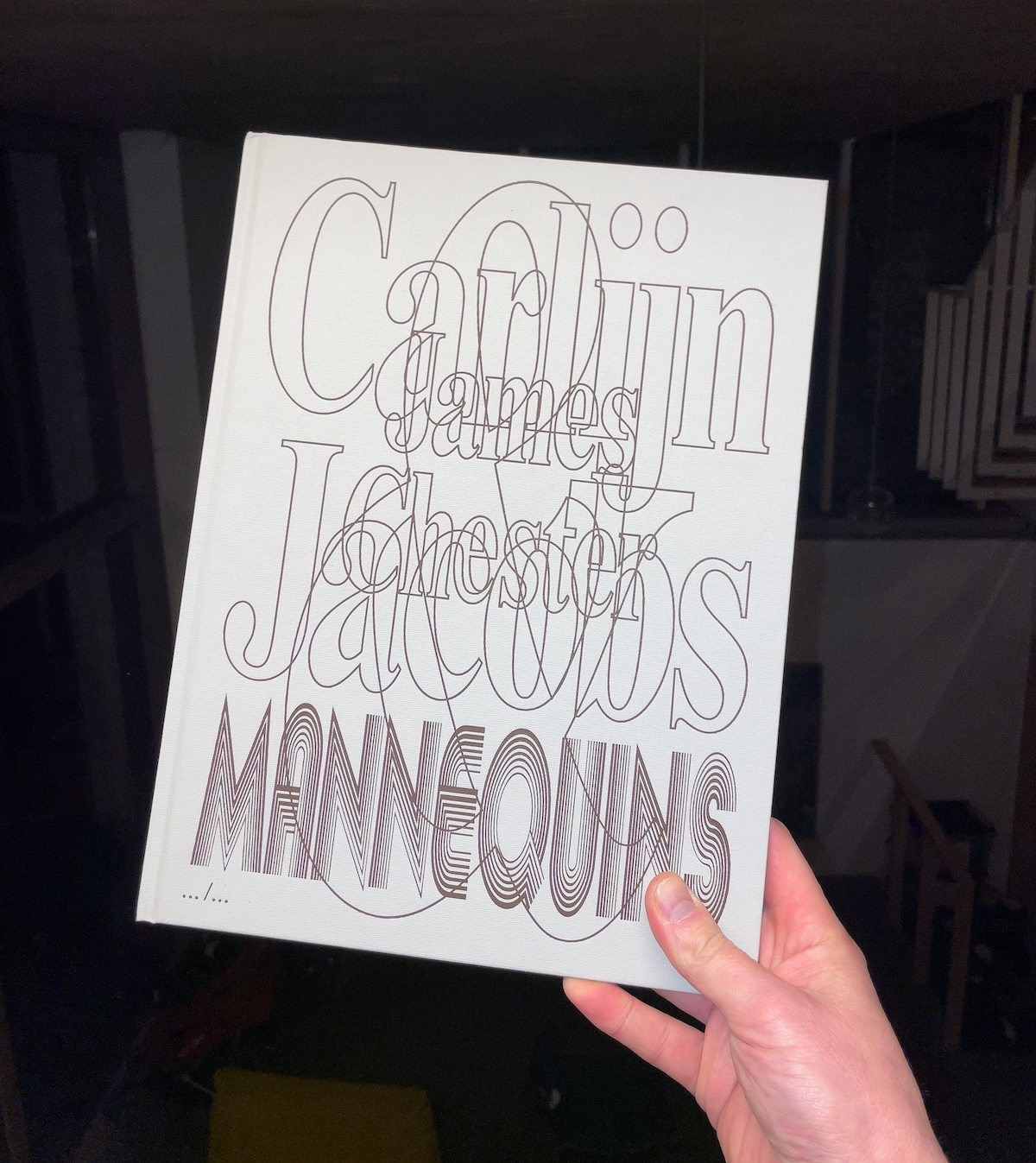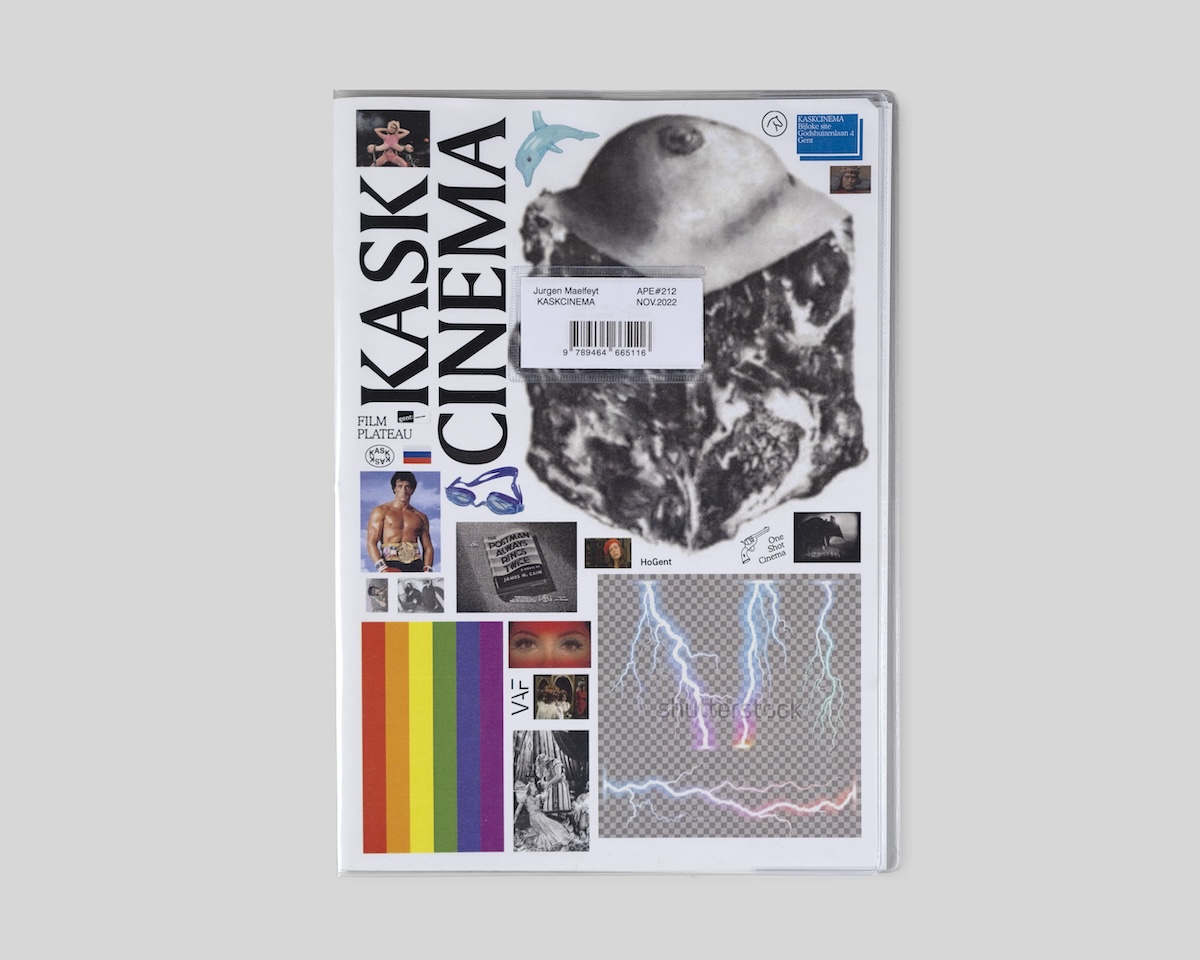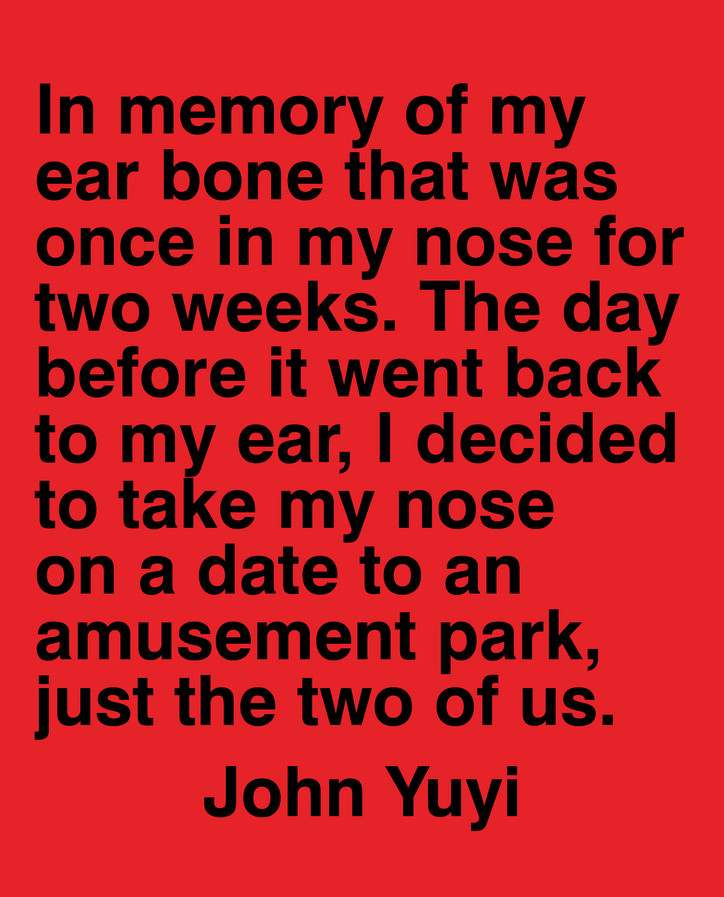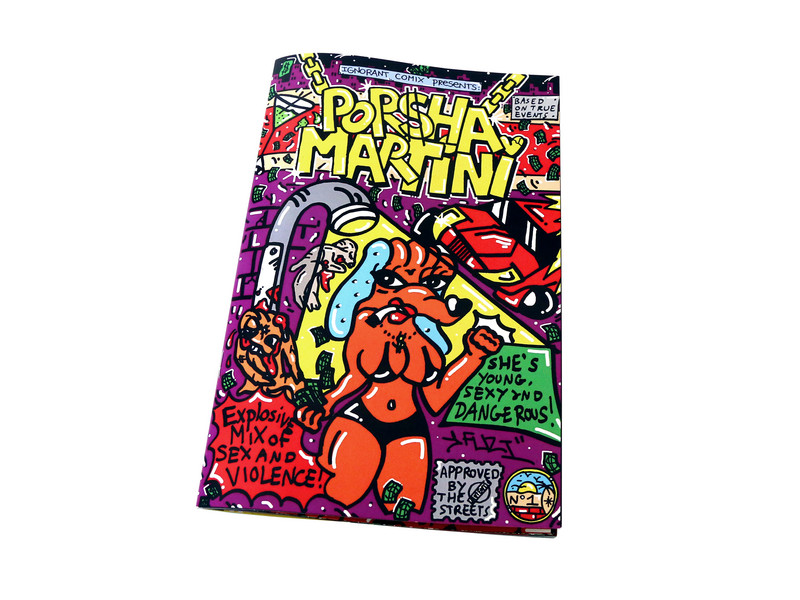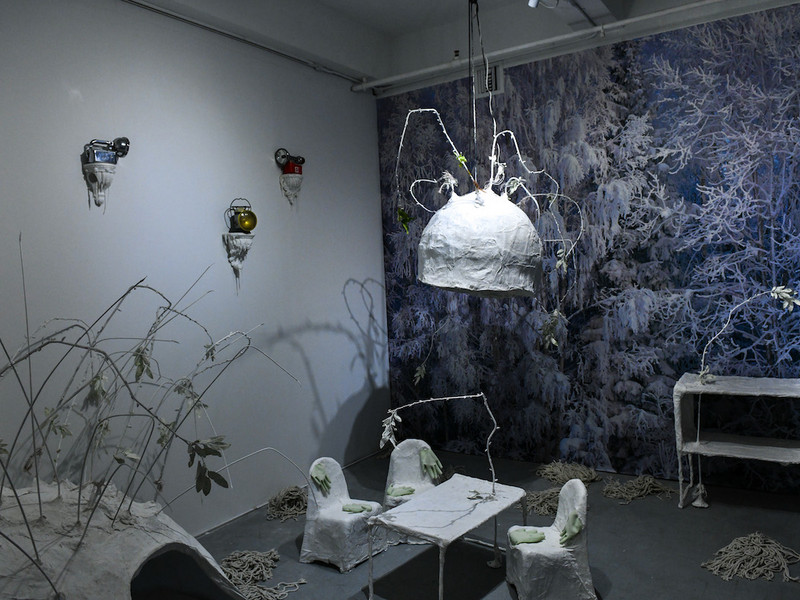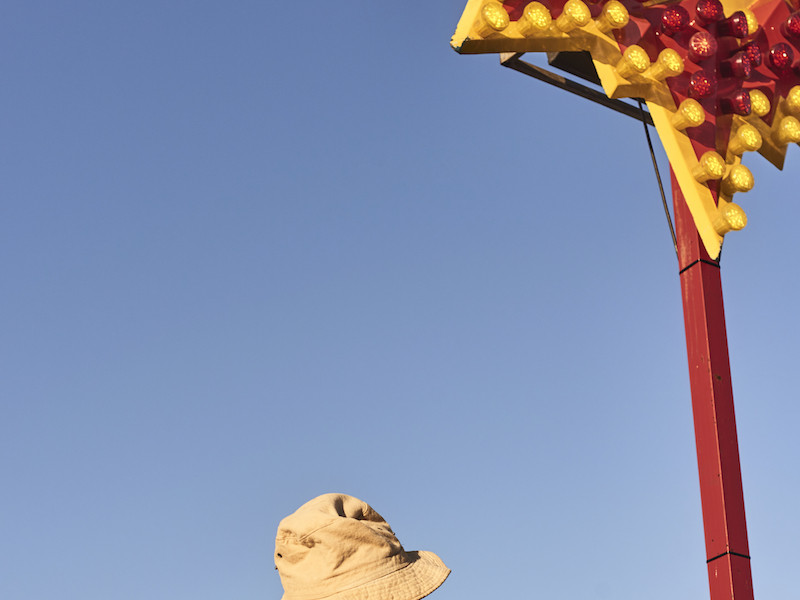Who is Hyd?
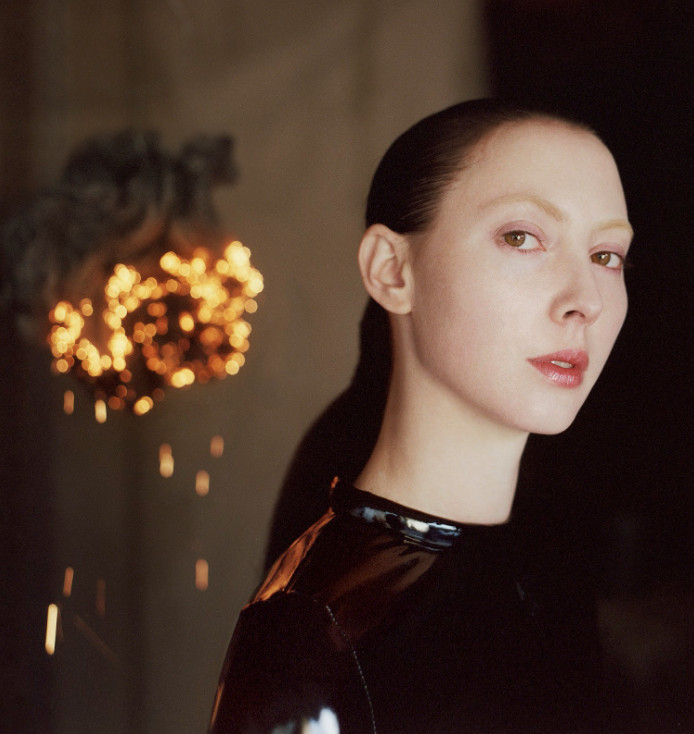
When Dunham hears a sound, they see an environment. “If you were to play a song for me, I could tell you what the air felt like in the song, if there was broken glass or if there was an open field or a swimming pool, what the consistency of the water is. That's how I experience sound,” they say.
Transmutation starts with sound. A soundtrack by Dunham and composer Finn Keane greets visitors as they enter the immersive exhibition: mist exhales from a slide, a gentle scent hovers, translucent glass sword-like sculptures glisten on the walls and a milky fluid drips into a pool.
Transmutation explores the four phases of water: liquid, solid, vapor and semi-liquid. Dunham spent the last few years creating a mutable material called H+ that pulses through the veins of every piece.
A slide in a corner of the gallery titled “Rehearsal for the Rest of Our Life and Pure Joy” is a reference to an ongoing conversation between Dunham and their longtime partner and collaborator Sophie, the late experimental musician and producer. If you listen closely, Dunham’s dialogue with Sophie vibrates through everything they create. Keane and Dunham composed the show’s soundtrack from the chords of Clearing’s single “So Clear'' which the two co-wrote with Sophie.
Dunham’s world has an ineffable quality — it is hard to pin down, poetic, nonlinear, and open to spontaneity. It makes sense that they find inspiration in alchemy that occurs in the natural world and often visit places that are in a constant state of flux like the Blue Lagoon in Iceland, power plants and volcanic sites. “I think that as humans, we get to be in a continuous cycle of transformation and I feel that within myself as well. We are not fixed into one form, we are allowed to keep becoming,” they say. office talked to Dunham about what keeps them grounded in the ever evolving world from their art to their music to their collaborators.
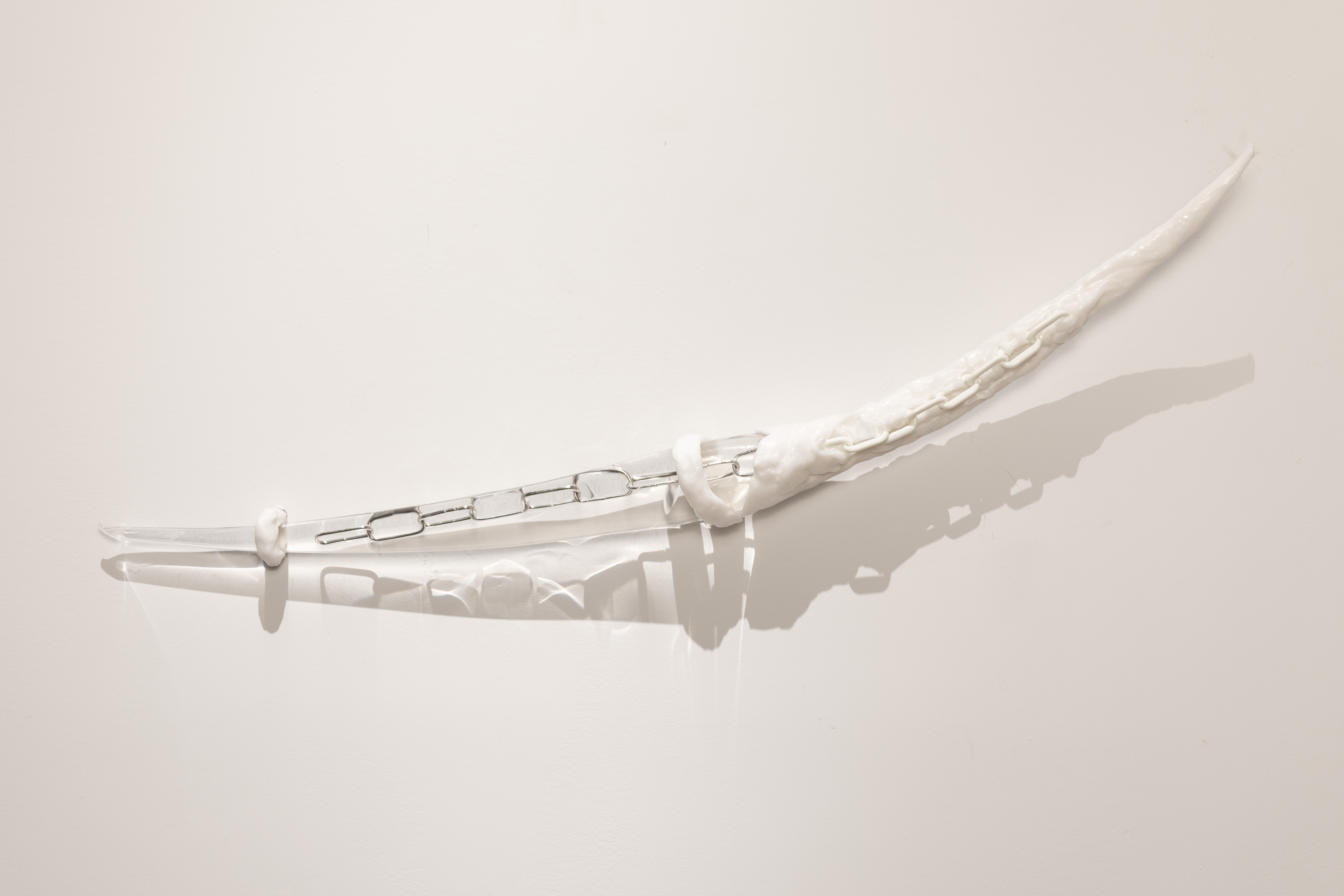

Transmutation investigates the four transitional states of water and in your process, you created a new material called H+. The centerpiece of the show is a silicone tarp that holds H+ as it drips into a reflective pool. Across from the gallery, there's a cloudy substance that exhales from a slide covered in a tarp. When I saw the show, I couldn't help but think that you created a living ecosystem that is breathing and dripping and seems alive. Can you tell me more about the material H+ and how you created it?
A large part of my practice is creating new materials through different processes, a lot of which involve failure or things not working. H+ took me a few years to develop. Most things I make take multiple years to work through. H+ is a material that is mutable. It oscillates between air forms, liquid forms, solid forms. It’s something that was always in motion, in a constant state of becoming. So the material that you described as a silicone tarp. That is a material called Dragons Skin 30. And it's a type of silicone that's a platinum silicone. My background is in supporting materials to move beyond their form. I get really excited about the sensory component, the way it smells, the type of air that's in the space, the way that it feels in your eyes. Not as much the way that it looks, but the feeling that happens in this arrangement. Almost in the same way a petri dish operates or a container operates. When you put all of these different compositions into one space, what can happen inside of a body?
How does that connect to what you do in your music where you take certain lyrics and imbue them with emotions that allow you to transcend whatever the colloquial or literal idea of the word is?
I think that's really interesting and exciting when something can blur, when something can leak out, if a feeling can’t be held by a word or a container. Even a person. I get most excited about the ruptures. At the beginning of my career as an artist, I worked exclusively with liquids and vapor. So I have a lot of experience with vapor as a medium. And in the last seven years I started working with air, thinking about it as a material. Air is something that you can sculpt and move through air vents, through your body, through your mouth. Inhaling, exhaling, my interest in singing is related, it's vibrational. In the amount of time that I've worked in glass, I've found glass has this special clause, it is very sensitive to vibrations. That's why you can also break glass with your voice — the vibrations around the glass can shatter it. So there's something here that I find really interesting in working with a voice. It is so powerful.
This album I made, Clearing, came from a place of pushing through into this air realm where I found that you can consolidate very complex ideas into extremely succinct and concise sound bites that are two to five minutes long. You can really translate entire worlds. For a long time, those worlds really facilitated me being able to be present here on Earth. I would use songs as a support system, as a care system, as an empathy frequency. It was something that I wanted to circulate. To circulate, full stop. But also to be circulated in. Sound is very accessible in a way that spaces aren't.
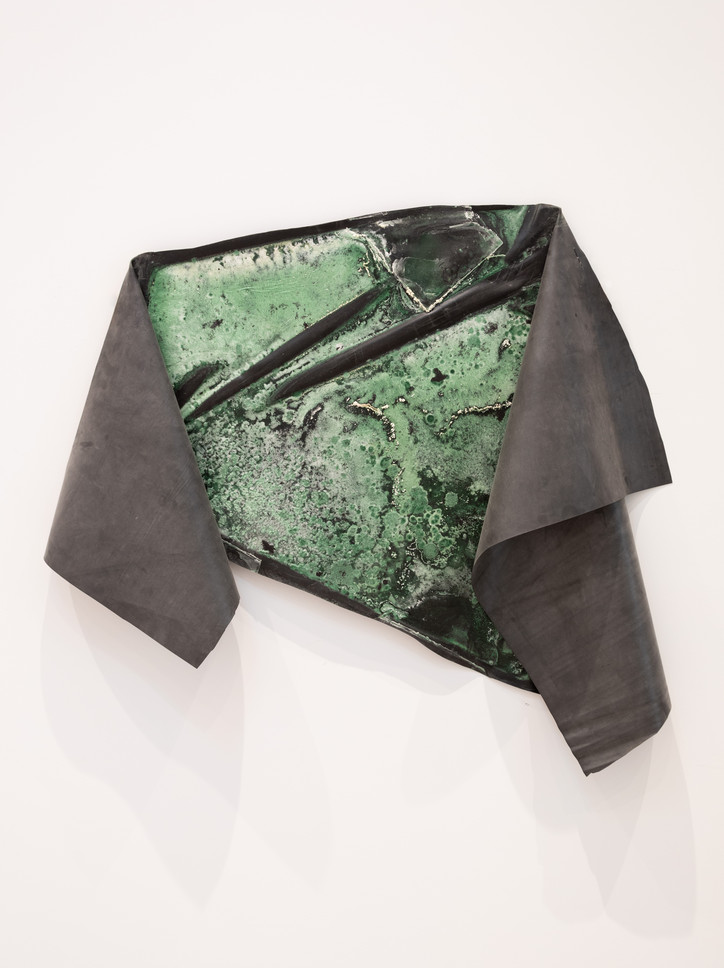
I remember reading in one of your interviews, you described when you had created an energy drink and then it exploded in your suitcase as you were traveling. I think that many people would have been upset about that but instead for you that was probably an amazing moment where the art became alive and did maybe what it should have done. That unpredictability is also written into the fabric of a substance that potentially could explode.
Yeah, it really did. It was so extreme. I had been working on the formula for a year and it was just too effervescent to withstand the pressure of the air. I get really excited about that kind of stuff. I'm constantly feeling shocked. The materials really challenge me. This show Transmutation is a very rigorous show materially where I really pushed the materials that I have worked with for so many years, who I know really well, who I feel really close to, to form something new. These material relationships that I have, they're ten plus year relationships, they're conduits. A very loving conduit is a way of saying it. I really feel that they are extensions within themselves. So if something ruptures, I'm listening. I'm trying to listen to the materials. I'm also trying to support them and also not be an expert here, but also be mutable in my own form.
My sculptures also came with a manual that had a statement of intent. So if you consented to caring for my pieces, being a guardian of let's say art handling or shipping them, there was an agreement of how to interact with them and how they would interact with you. Care and ethos of care are really special to me. It is a larger blueprint for living here. I take this really seriously. And with music, it's so embedded into the way that one interacts with sound in a listening stance. In your body, you are listening. I think that way of being open and receptive and curious, that stance for a body is one that I find really interesting. In this piece, I'm really working with sound to move people. The soundtrack really moves the work first into a listening space. Because before you see the work, you hear the sounds.
There is this thread of collaboration and care that comes with your work from musical collaborations with Sophie, with Caroline Polacheck, A.G. Cook, to building art installations that engage with the viewer and opening up a space for them to actually listen, to developing materials with physicists and in conversation with actual spaces. You've likened collaboration to alchemy and chemistry. Is this drive to lean into collaboration something that you've always carried with you or has it developed as you've expanded your practice into more mediums?
In a sense we are in a dialogue here together on Earth with the materials here. I'm really excited about this dialogue in general. Multidimensional dialogue is something that I have a very devotional relationship to in my friendships and my collaborators. I am very available to them and they are to me which is very lucky because so many things that I want to see realized here are not possible for me to materialize on my own. Like a pop song. Or quantum particles or magnetic liquid. Or bringing heaven to earth. It is a shared vision. So I work with physicists, sound engineers, magnetic specialists, and gardeners.
When I started working with materials like large scale sculptures and building out worlds, I thought about materials as a language system and only I spoke the language. At the time my sculptures were 100+ feet and often had liquid and explosive elements. And then over time, as I developed that language system, it resonated with other people and continued expanding.
My long time partner Sophie and I started working together in 2013. She witnessed my language system and I witnessed hers. We were always trying to make new materials using the tools we had and pushing them to extremes. For me, bending liquids. For her, bending sounds. We had a very circular process to develop a new communication system between us. We collaborated on our work as one and also her work and my work separately. It always has been that way. This dialogue that we have been in continues now. It's different now because she is not in a physical form and so I have to listen differently for her. These dialogues don't only take place in the physical realm. So for us, that was translated into these songs, many of which you hear on the album, many of which you experience in my work, you hear in her work.
Finn Keane who made the score also made So Clear with Sophie and I. Working on this piece was really moving for me because it began with the chords that the three of us made for So Clear and moved into different material terrains. How we made this piece is by sending voice memos describing various processes and Finn responding with sound clips. Eventually my voice became a netting for the structure of the score which is what you experience when you enter the gallery.
Caroline Polacheck is another person. We met when I was 18 in New York. I lived in New York for a year. I had just moved there and we were in the same performance piece and we were both underneath a white sheet. I couldn't see her. I never saw her face, I just heard her voice. I was under the sheet when she walked into the room and then she joined me, but I couldn't see her under the sheet. So we had this whole nonphysical dialog that involved both of our sounds. This invisible messaging is something that I'm super fascinated by.
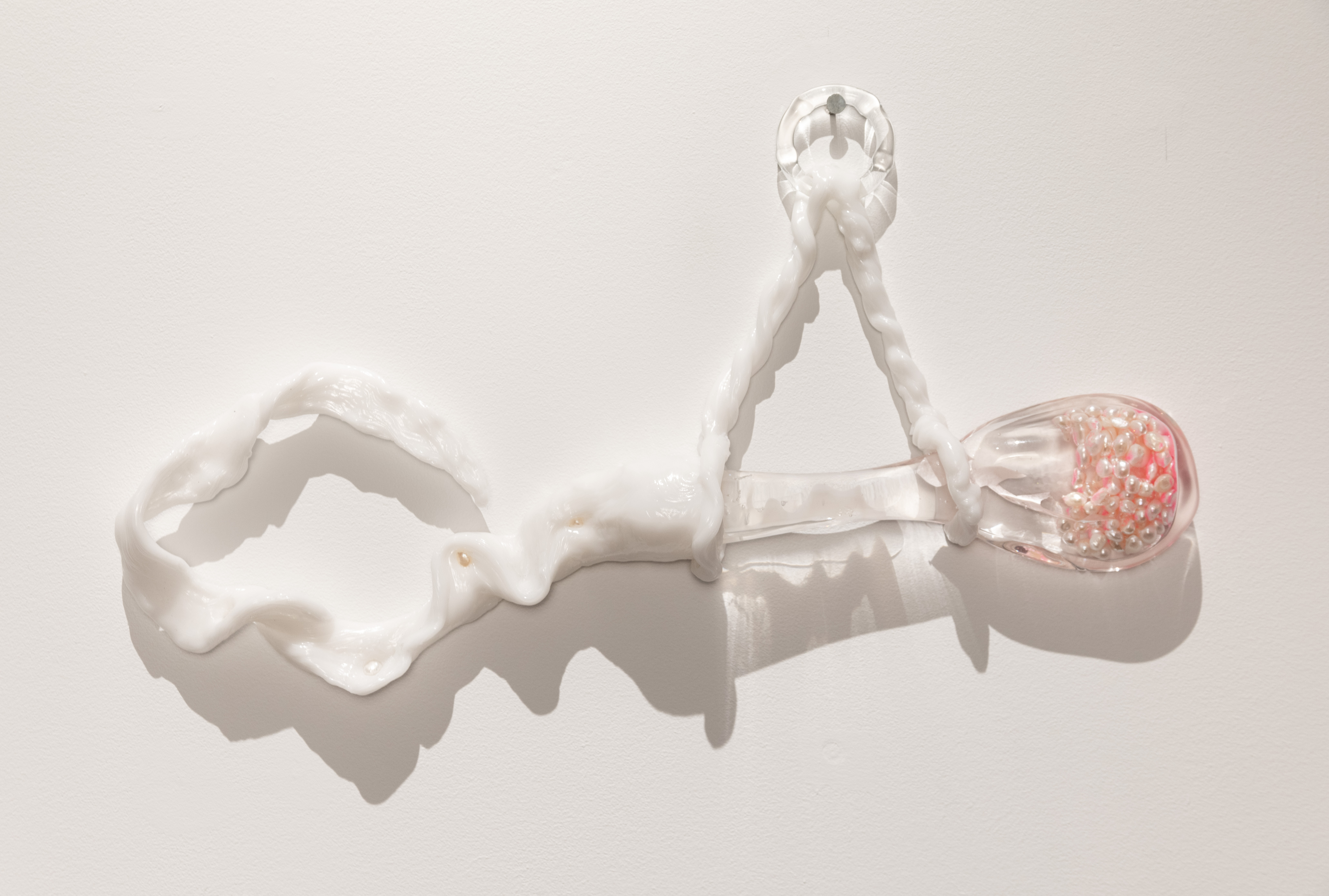
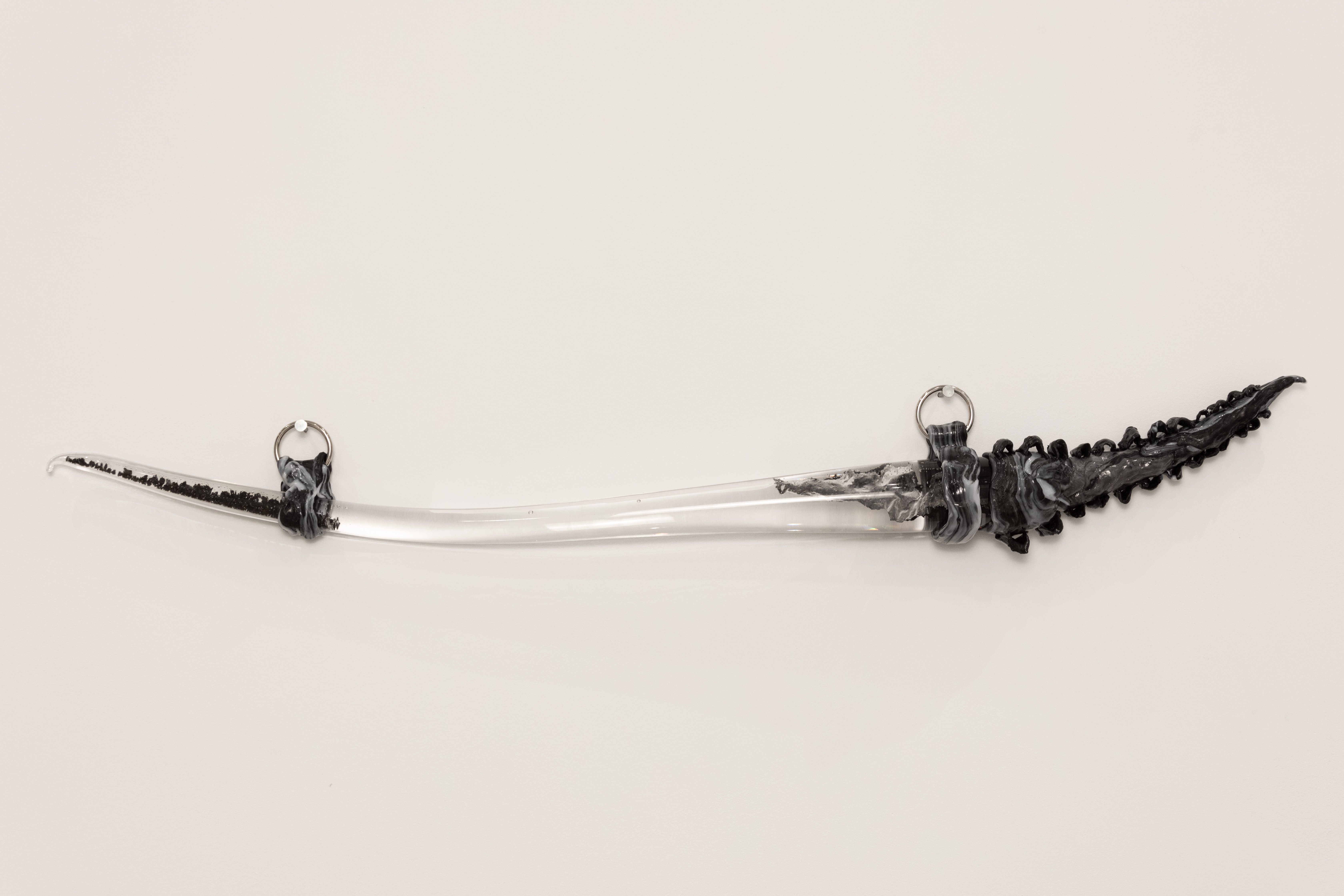
And your latest album was produced by A.G. Cook of PC music who has been a constant collaborator.
A.G. Cook is on almost every song. A.G. and I have been collaborators for eight plus years. He and I have developed a specific communication system that involves nonverbal communication. We sit in silence and can hear each other. If I play him something, I hear him before he responds. He and Sophie came with me to this volcanic island where the songs for Clearing started forming. Sophie and I had started working on these songs in Los Angeles at our house where we lived together and then we went to these specific locations because of my interest in energy. We wanted to translate the sounds. At some point we did a field test where we went to a volcanic field and I wore shoes and stepped on the volcanic ash and it made this special sound and A.G. recorded it. Jonsi and Alex Summers also collaborated on this and both of them lived in Iceland.
PC Music is a collective and we have all kind of grown up together and supported each other's work and really created and fostered an ecosystem of care. If someone needs help on the temperature of a song, I will get called in to push the feeling and go into the heart of the song. Everybody has special skills in this collective and we all support each other.
Non-linear or nonverbal communication seems to open up a space for intentional listening. There's this idea that listening only engages one sense, but when we listen, the rest of our senses don't disappear. Can you describe the landscape of your song Breaking Ground? How would this world engage all of the senses?
That is a really apt question, because that is how I approach songwriting. I have a sensory augment, which is also called synesthesia. When I hear a sound, I see an environment. If you were to play a song for me, I could tell you what the air felt like in the song, if there was broken glass or if there was an open field or a swimming pool, what the consistency of the water is. That's how I experience sound. In making Breaking Ground, for example, that landscape takes place in a clearing where there is new dirt that comes from a place of being burned, a place of loss. It is waiting for the seeds to break through the ground, to come up. These seeds have been germinating under the ground and have been in a very soft environment of total and complete darkness, just reaching up to the surface. And when they finally break through the ground, they're very soft. You know, little seedlings are really tender and also deeply resilient because they have root systems to rely on and root systems to feel supported by. This song is a reminder of those systems, that even in a moment where you feel outside of your body, you feel scared, you don't really know which way to go, there is this support system around you that you can rest into. In the song, there's a break and it moves into "burning it down, burning it down." And it's taking back that space and agency of being able to burn through fear, burn through isolation, burn through this feeling of loss and connect with all of the support around you.
It makes so much sense in the way that your art connects across all the different mediums because the way that you see it all as part of this universe, this world. For your album Clearing is each song its own terrain that is part of a larger world?
Basically, yes. The album follows different cycles. It follows this pattern of total loss. You can imagine that you are in a gorgeous forest and the forest catches on fire and the fire is burning and all of the plants are burning to the ground and becoming ashes. The forest transforms into a matte black shiny material that you see in total destruction or in ravens wings. The secret is that inside of ash are seeds. Ashes are seeds. So in this moment where you think that all is lost, if you just wait, if you just rest, the rain comes down, moves to ashes into the ground. The ground cares for the ashes. Seeds emerge and germinate and eventually push through and begin again. So this cycle, or to put it in really simple terms, chaos, ashes, germination and growth, is a reminder that we are part of a larger state of returning. There's an opportunity to begin again. I find that incredibly comforting and exciting because it means that nothing is totalizing. You can start over again, you can become something else, you can transmute —.we can transmute. This album is really personal to me, but I hope through this micro system that it speaks on a macro scale of the potential of regeneration.
You're going on tour soon and I was just wondering is Hyd different from Hayden Dunham? Is Hyd the vessel that you use to communicate these ideas that exists when you are performing, almost as a living sculpture? Or are Hyd and Hayden one in the same?
I love this question. I think this is such a beautiful question because it's all about centralized or decentralized information. For me, Hyd is a circulation system. When I say system, it sounds really cold and the reality is it's bodied, it's warm and it's inside of me. So Hyd is something that I made to be able to move through and circulate in its most simple term, as a frequency. So I go by Hayden, I go by Hyd. I think that as humans, we get to be in a continuous cycle of transformation and I feel that within myself as well. We are not fixed into one form, we are allowed to keep becoming.
